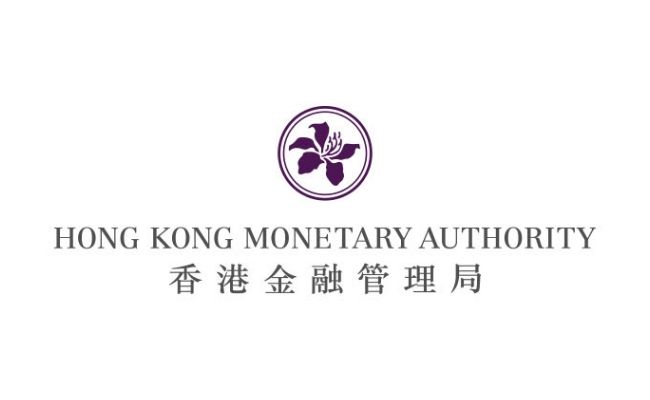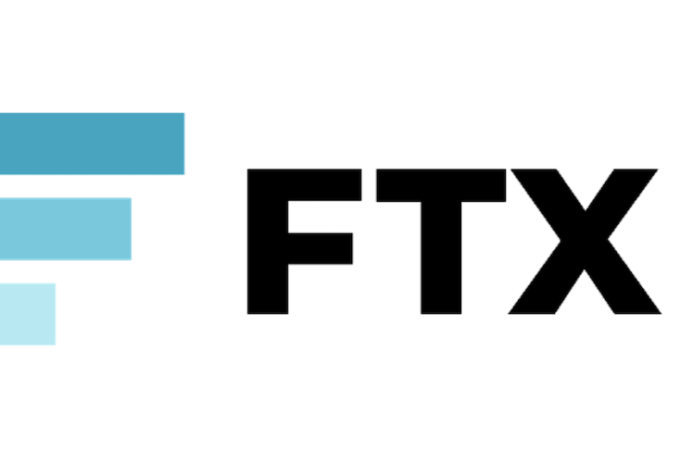
HKMA Issues Comprehensive Guidance on Tokenization and Digital Asset Custody
The Hong Kong Monetary Authority (HKMA) has recently provided detailed guidance to authorized institutions (AIs) regarding tokenization and custody of digital assets. The guidance aims to ensure that AIs adhere to international standards and practices in these areas, promoting safe and secure practices in the rapidly evolving digital asset landscape.
One of the key aspects of the guidance is the requirement for AIs to undertake comprehensive risk assessments and develop appropriate policies to manage identified risks. This includes the segregation of client assets from the firm’s own assets, ensuring that clients’ digital assets are protected in the event of insolvency. AIs are also expected to allocate adequate resources, including manpower and expertise, to effectively manage custodial activities and conflicts of interest.
The guidance emphasizes the importance of due diligence, risk disclosure, and risk management in offering tokenized products and digital asset custody services. AIs are required to verify the existence of assets backing tokenized products and implement safeguards for private keys and theft risks. Additionally, they must have contingency plans in place for potential network failures or cyberattacks.
Institutions offering tokenized products must adhere to existing regulations covering conventional forms of investment, particularly concerning consumer protection. The HKMA also highlights the potential regulatory implications of tokenization, such as the possibility of a tokenized asset being classified as a collective investment scheme.
The guidance is part of Hong Kong’s broader efforts to establish itself as a leading crypto hub in Asia. The region introduced a licensing regime for virtual asset trading platforms in 2023, granting licenses to platforms like HashKey and OSL. By providing clear and comprehensive guidelines, the HKMA aims to promote innovation while ensuring the integrity and stability of the financial system.





